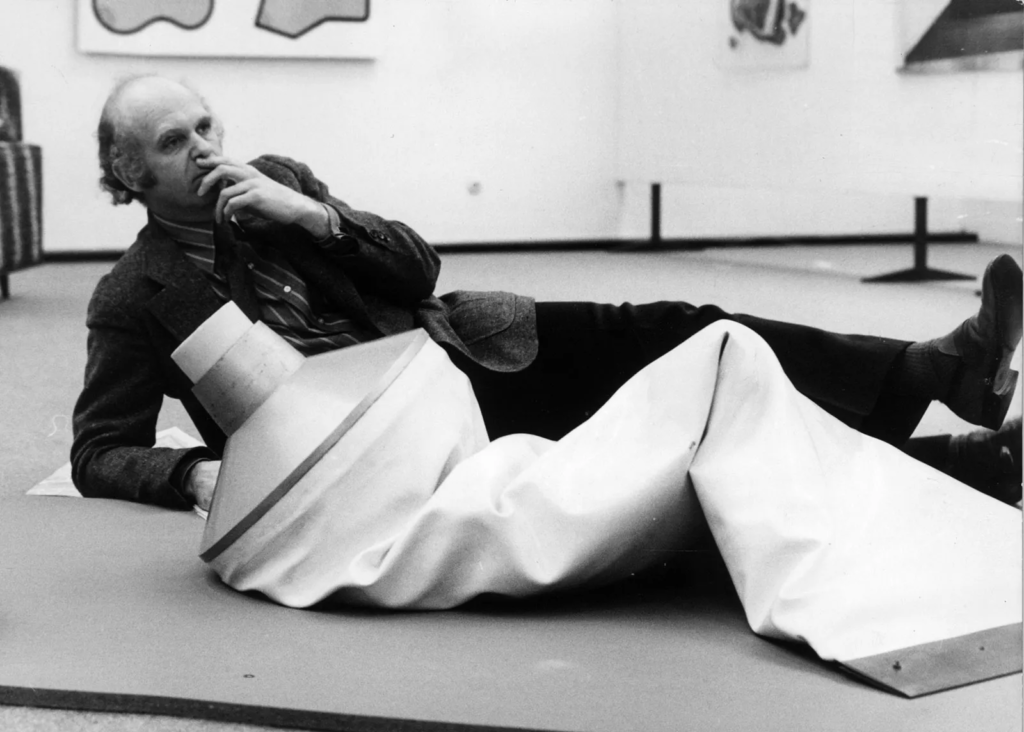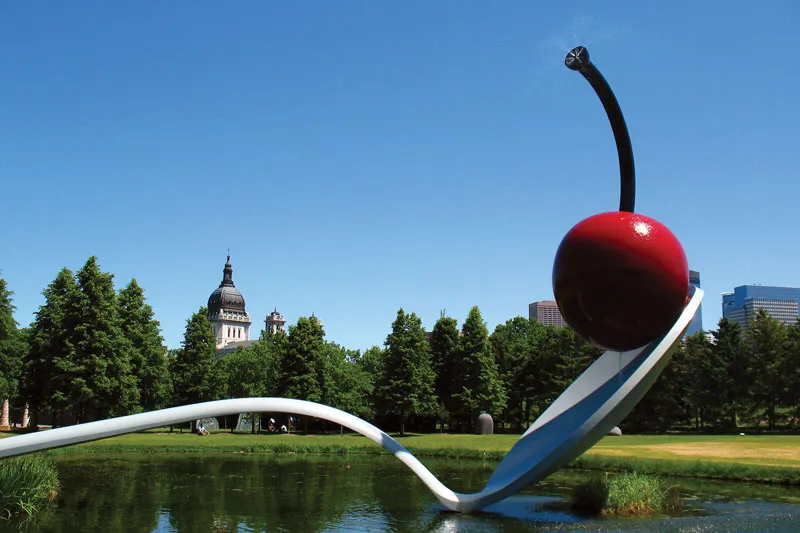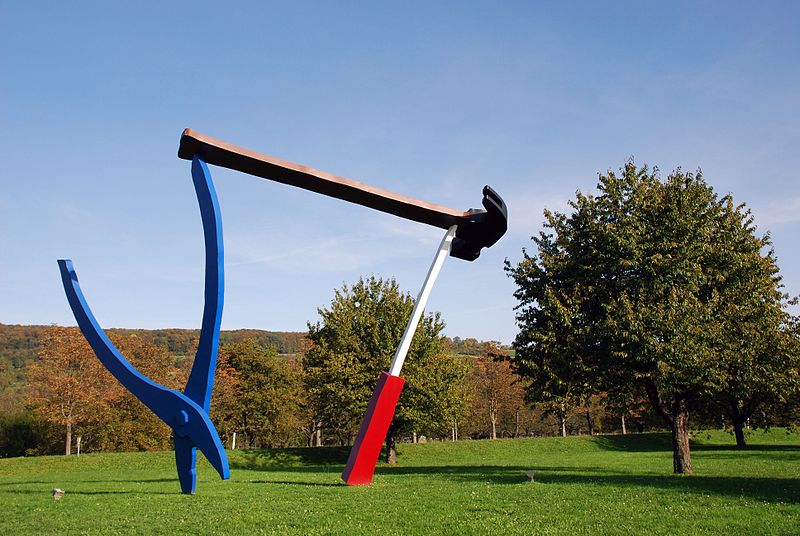Claes Oldenburg: Colossal Monuments | Sybaris Collection

The Swedish born artist, Claes Oldenburg (1927- 2022), started as a painter and effectiveness artist just before he phathomed with materials and forms that took him to sculpture. As a issue of point, his early thoughts on monumental sculpture were initially conceived as a collection of drawings andwatercolours that he known as Colossal Monuments.
Irrespective of Oldenburg´s Artwork getting classified as Pop art a detour outlined his personal personal fashion: replica was changed by monumental.
1. Claes Oldenburg is most effective regarded for his substantial-scale public sculptures, but you possibly didn’t know he started out as a painter and general performance artist. In truth, some artwork historians and critics has named it as a “Sculptor who moves in between overall performance and graphic art”

Claes Oldenburg with Giant Toothpaste Tube (1964), 1970.
Foto: Keystone/Hulton Archive/Getty Images
2. Oldenburg treats his function as a totality in which key themes and motifs interweave in a variety of media. He has built a radical contribution to the heritage of sculpture by rethinking its materials, sorts, and subject matter make a difference.
2.1. Each his performances and paintings are carefully connected with his operate in sculptures as we are about to see.
3. When he moved to New York in 1956, he grew to become fascinated with the avenue daily life: shop windows, neon lights, grafitti, and even trash. It was the sculptural alternatives of these objects that led to a shift in interest from portray to sculpture.
4. Actually, his early thoughts on monumental sculpture were being first conceived as a sequence of drawings and watercolours that he known as Colossal Monuments, and quite a few of them remained unbuilt.
5. Close to the 60s, he established The Keep, a selection of painted plaster copies of foodstuff, outfits, jewelry, and other things, with which he started out checking out materials, scale, varieties, etcetera.
6. At the identical time, he began making a sequence of happenings for which he developed big objects built of fabric stuffed with paper or rags. Later on on, he combined his get the job done with The Retailer and his happenings, and exhibited massive canvas-protected, foam-rubber sculptures of an ice-cream cone, a hamburger and a slice of cake.
7. That is how he started with his quite well known delicate sculptures: by translating the medium of sculpture from challenging to gentle, Oldenburg collapsed stable surfaces into limp, deflated objects that were matter to gravity and probability.
8. Oldenburg was extra intrigued in banal solutions of buyer and every day daily life, in part affected by the statements of occurring and his lifetime in NY, which led him to be regarded as as an iconic artist of the Pop-art motion.
9. Considering the fact that the 80s, Oldenburg started out operating on commissions for community spaces or institutions. Some of his most preferred sculptures were designed all around this time, such as Spoonbridge and Cherry, Dropped Cone, Mistos (Match Include) and Shuttlecocks, among others. All of these sculptures had been made in collaboration with independent critic and curator Coosje van Bruggen

Spoonbridge and Cherry, sculpture by Claes Oldenburg and Coosje van Bruggen, 1985–88 in the Minneapolis Sculpture Garden of the Walker Art Heart, Minneapolis, Minnesota.
Foto: © Michael Rubin/Shutterstock.com
10. His perform normally disrupts the features of common objects—challenging our perceptions and unsettling our routines.Pointed out for their exaggerated scale, bold shades, and daring playfulness, Oldenburg’s sculptures stand out as a provocative combine of the ubiquitous and the unruly.

Image: Artistic Commons Attribution-Share Alike 3. Unporte








